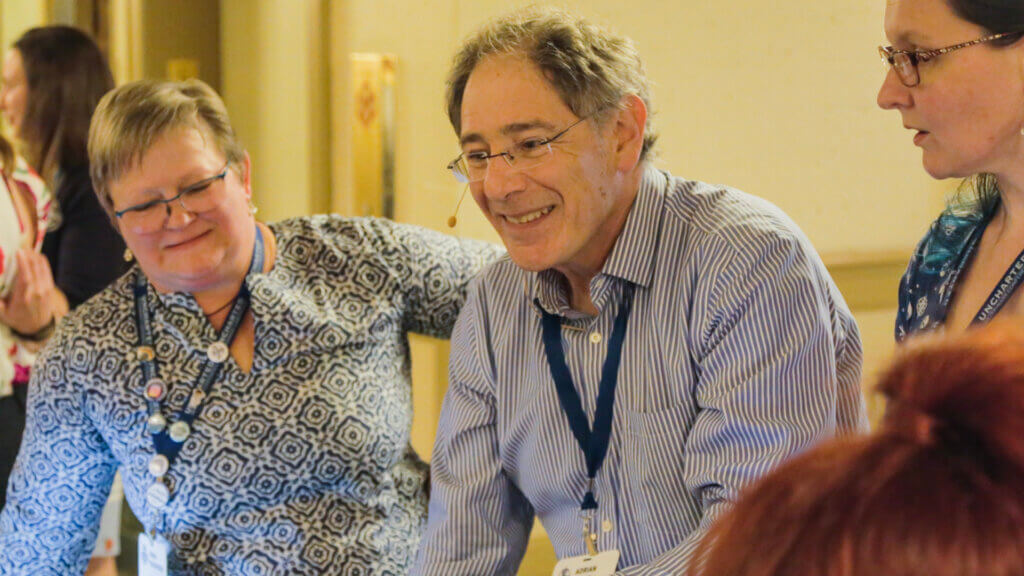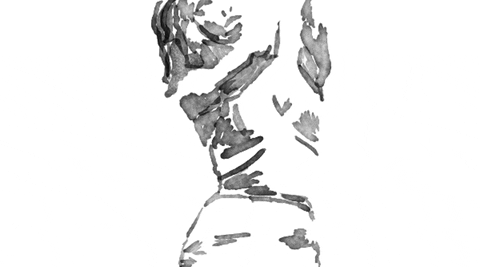5 Reasons I’m Grateful for My Clients After 40+ Years of Consulting

Here are five reasons why I’m grateful for my clients.
1—It’s always a people problem
I was a technology nerd when I got that first gig. I was your guy if you had a problem with personal computers, flaky local area networks, or database systems. It took me about five years of having CEOs confiding to me their non-technical woes despite being hired to solve “tech” problems to learn the truth of Weinberg’s Second Law of Consulting:
“No matter how it looks at first, it’s always a people problem.”
I became fascinated by the culture of organizations. As an outsider, I marveled at the variety of dysfunctions I observed. Over time, I got better at solving the people problems I uncovered. Eventually, I realized I was more interested in working with people than technology.
Without the copious experiences of people problems that my clients provided, I’d never be doing what I love today: facilitating connection between people.
2—My clients allow me to try new things
My clients come to me with problems they can’t (at the time) solve. As I work with them they give me opportunities to try new things. Yes, occasionally, I discover I already know how to solve their problems, but that’s rarely the case. My clients’ wants and needs challenge me to be creative. I invariably end up recommending and doing things I’ve never tried before. Consequently, I learn about what works and what doesn’t. My knowledge base and skill set expand.
Because my clients allow me to try new things, I become a better consultant.
3—My clients are my teachers
I’m grateful for my clients because I learn from them. Here are a couple of examples.
Improving Conferences That Work
I designed and facilitated my first peer conference in 1992. I ran them in my spare time for thirteen years before writing my first book. Conferences That Work: Creating Events That People Love took four years to write. Having spent seventeen years developing the why and how of peer conferences, you might reasonably expect that the book provided a somewhat definitive guide for peer conference rationale and design.
Not so.
I’m still proud of how well Conferences That Work lays out the fundamental reasons for the importance and value of peer conferences. However, it turned out that the implementation sections, adequate for their day, had some important gaps and limitations. When it was published in 2009, my peer conference work exploded.
And, my goodness, I got feedback! It was great feedback. Clients critiqued the approaches I’d developed. Participants said, “Why don’t you do that this way?” It was scary but exciting because much of the feedback included great ideas.
The result was that I wrote two supplements to the book that I published in 2013 and 2015. They included everything I’d learned from my clients that improved peer conferences. I made them free to download. It seemed the least I could do.
Getting thoughtful specific feedback
This doesn’t happen very often. But last week I received a long email from a client whom I’d consulted a couple of times on the design of her organization’s online conferences. After sharing that “our second peer conference was even better than our first” she gave details of “three tweaks…that worked really well for us”.
Her process changes were extraordinarily well-described, creative, and innovative! So good, that I expect to write about them on this blog soon.
Feedback like this is a gift that helps me improve my craft.
4—My clients get me more work
During my 20+ year IT consulting career, word of mouth generated all of my work!
Today, because consulting on meeting design and facilitation is a niche practice, marketing via sharing my website posts with subscribers and on social media has also become a significant source of new clients. When potential clients visit this site, they can view my sample client list, assuring them I have credible authority as a consultant.
5—My clients pay me for work I love to do
Yes, I do pro-bono work (e.g. industry education). And I’m happy to discuss innovative ways of getting paid. (No, not by “exposure”.) But, otherwise, my clients pay me for work I love to do.
How cool is that!
Thank you
Finally, I also want to thank everyone who isn’t a client (yet) who has given me feedback over the years.
That includes the ~2,000 folks who have commented on this blog, my professional friends and colleagues, in person and on social media, and tens of thousands of participants who have supported my work and continue to help me learn and grow.
Thank you.
I’m grateful for you.

 My WordPress dashboard tells me I’ve written 750 posts since I began this blog exactly thirteen years ago. At least one new post every week since 2009. I have a few thoughts.
My WordPress dashboard tells me I’ve written 750 posts since I began this blog exactly thirteen years ago. At least one new post every week since 2009. I have a few thoughts. Yesterday,
Yesterday, 
